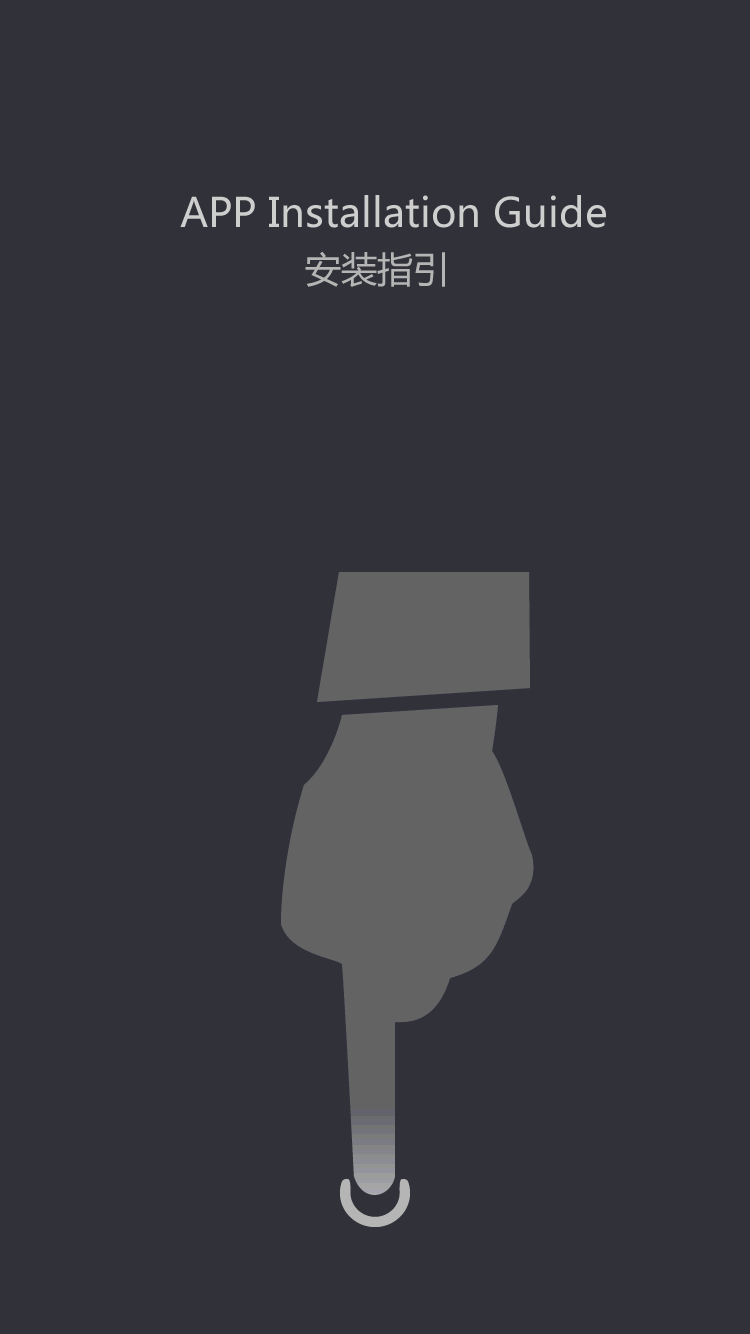Canon's latest upgrade to its near-professional
by:Douai
2020-06-10
Take the HD CMOS Pro image processing technology, for example. Last year, Canon actually upgraded its HF S series so that it was at the cutting edge of image technology and in just a few months, they have taken the CMOS Pro image processor to new levels that allow up to 25 percent better image recording and better low-light performance. Canon's development work centered on the amount of light recorded by each pixel of the image processor. The work they have done has made each pixel larger so that not only can the image processor work in lower light, it can more easily work full time at high-definition resolution in low lighting (1920 by 1080) with a resulting improvement in performance.
This imaging processor, working with Canon's DIGIC DV III processing engine, delivers high-definition video from the lens right through to the viewfinder (there is a 0.24-inch standard through-the-lens viewfinder with 260,000 dot resolution that allows you to view a scene when bright light washes out the standard three-inch, multi-position LCD) which means you have access to 800 vertical scan lines by 900 horizontal scan lines, which is also another definition of high-definition video. Indeed, the DIGIC processor allows you to access up to 38 automatic scene modes, although the GF starts with a basic 10 or so that include of course daylight, sunlight, backlight, low light, tripod and the like. This mode combines bits and pieces of all of the available modes into 38 automatic scenes so you don't have to think about anything but the video.
There are so many features with the GF we'll probably run out of room before we finish up what this near-professional camcorder can do. We especially like the fact that the autofocus system actually relies on dual focusing as there is an external image processor that assists the autofocus to provide quick quality focusing. You won't see any of that hunt-and-focus on the G10 (although that has really been gone except at the very low end for some time now). The stunning Macro mode 1.3 to 3.3 feet allows for quick reaction at limited depth of field. This is another of the modes allowed by the processor.
Among the many other professional-grade features you will find are video processing at near-cinema quality 24 fps, although normal processing is 30 fps. You'll also find that the imaging capability gives you very nuanced skin tones from short-range macro shots to long-range tele shows. Indeed, the G10 uses Canon's patented autostabilization mode to eliminate camera shake on long handheld shots.
We were surprised to find that the G10 does use disk storage, in addition to up to 160 GB of flash memory for not only backup of your flash, but also to allow you to keep shooting. With everything in place, you have up to 12 hours of shooting time available. We also liked the fact that with a push of the button on the G10 you can use both SDHC cards to record your video simultaneously so you have instant backup. It's a neat feature.
The number of neat features just goes on. For example, if you use Touch and Track, by simply touching a person or object on the three-inch 900,000 dot framing LCD, the G10 will automatically track that object. This works well with Face Mode - the G10 can recognize up to 30 faces or so - so that you if the Tracking and Face Modes are activated anything or anyone who moves in or out of the frame will automatically be in focus.
Finally, we found the low-light performance of the G10 to be stunning and that is because its imaging processor, as noted, is larger then last years series. It also delivers about 61 percent more light per pixel. Also, we found we could either upload to high-definition video devices or the internet through the WiFi capability of the G10.
More info: Canon-VIXIA






